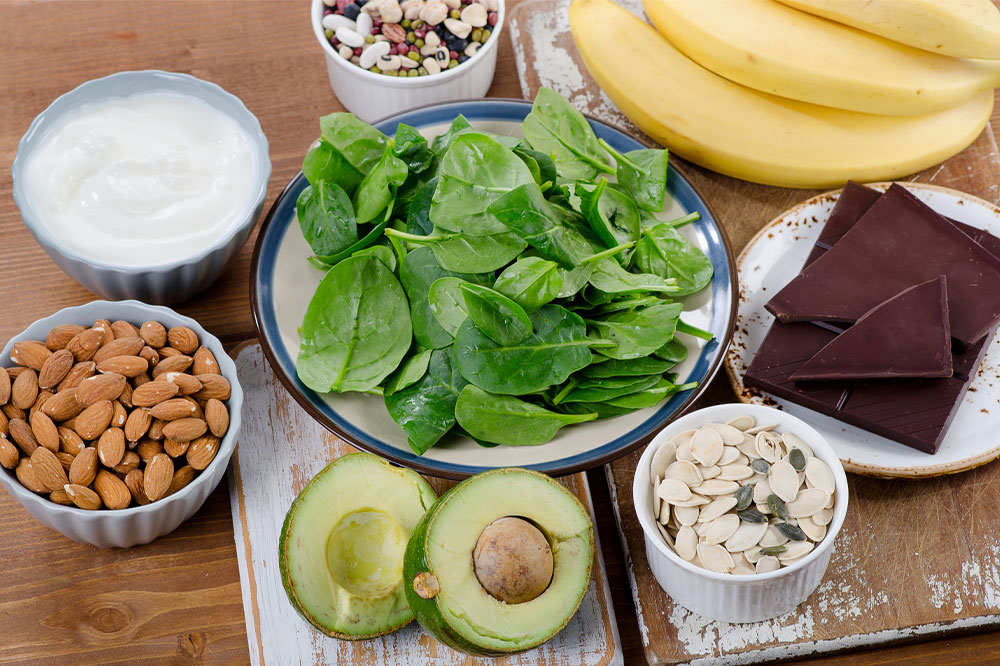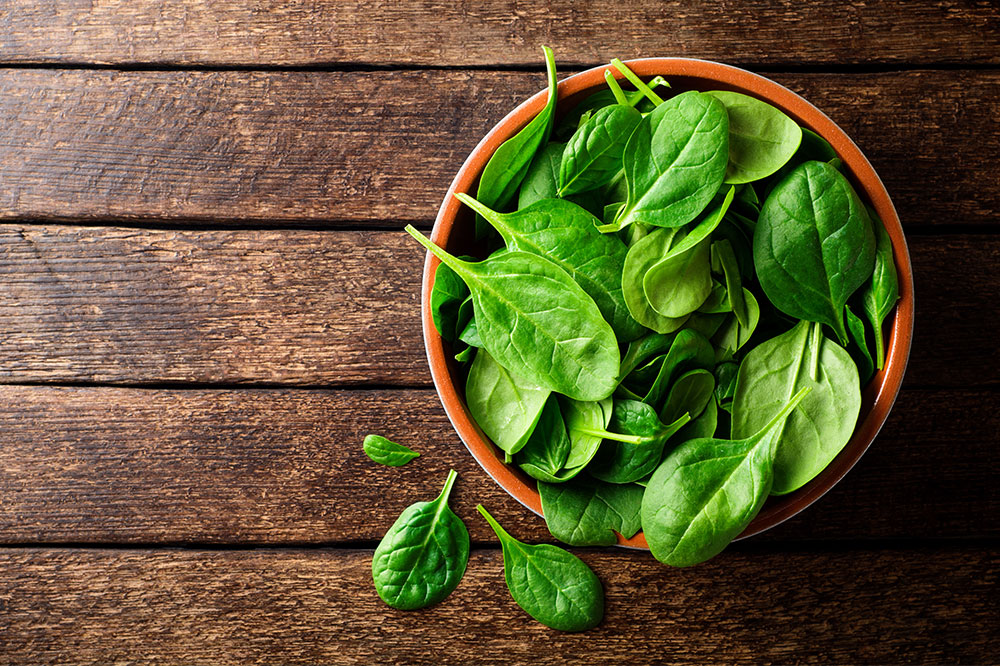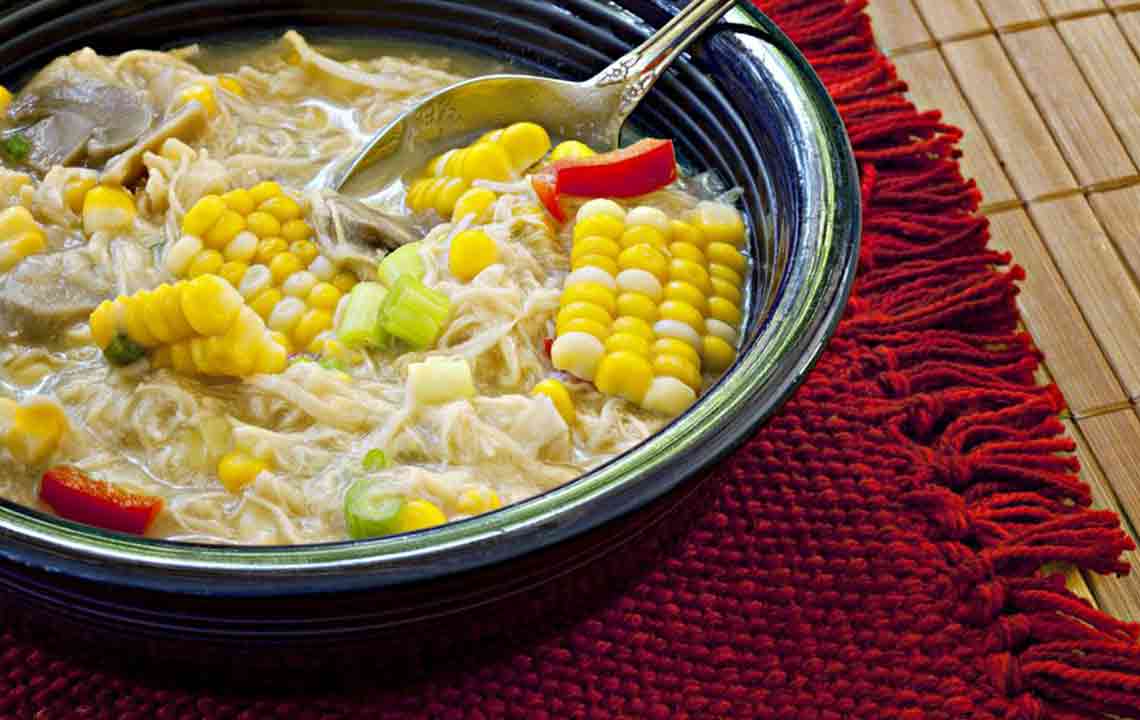Comprehensive Guide to Nutrients and Foods That Alleviate Migraine Symptoms
This comprehensive article explores effective dietary strategies and specific foods like bananas, ginger, cherries, magnesium-rich products, and cayenne pepper that can help alleviate migraine symptoms. Incorporating these nutrients into your diet, alongside lifestyle changes, can significantly reduce migraine frequency and severity. The article emphasizes understanding personal triggers and adopting a holistic approach for better migraine management, providing detailed insights into how certain foods influence headache relief.

Comprehensive Guide to Nutrients and Foods That Alleviate Migraine Symptoms
Migraines are severe neurological headaches characterized by intense pain, often accompanied by symptoms such as nausea, heightened sensitivity to light and sound, and visual disturbances. These episodes can last for several hours or even days, significantly impacting daily routines, productivity, and overall quality of life. Despite ongoing research, the exact causes of migraines remain unclear; however, certain known triggers can activate or worsen headache episodes. These triggers include hormonal fluctuations, emotional and physical stress, inadequate or disrupted sleep, dietary choices, and environmental factors like exposure to loud noises or bright lighting. Recognizing individual migraine triggers can empower sufferers to take preventive actions and improve their quality of life.
In addition to conventional migraine treatments prescribed by healthcare professionals, dietary modifications focusing on specific nutrients and foods have gained attention for their potential to mitigate symptom severity and frequency. Incorporating certain natural foods into the diet may offer relief from migraines by reducing inflammation, regulating neurotransmitter levels, and improving vascular health. Below, we delve into five highly recommended foods and nutrients known for their ability to help manage migraine pain effectively.
Bananas
Bananas are a rich source of vitamin B6 and natural serotonin precursors, which contribute to mood regulation and pain reduction during migraine episodes. Vitamin B6 plays a vital role in reducing mental fatigue and supporting neurotransmitter synthesis, thereby possibly alleviating headache intensity. The serotonin content in bananas helps stabilize mood and regulate pain signals, making them an excellent addition to a migraine-compatible diet. Consuming ripe bananas as part of breakfast or snacks can provide quick relief and help prevent impending attacks.
Ginger
Known for its remarkable medicinal properties, ginger has been used for centuries to treat various ailments, including nausea and inflammation. Its bioactive compounds, such as gingerol, exhibit potent anti-inflammatory effects that inhibit substances like prostaglandins, which are involved in the pain and inflammation associated with migraines. Drinking ginger tea or incorporating fresh ginger into meals can provide natural relief by easing migraine-related nausea and reducing headache intensity. Adding ginger to smoothies or making ginger-infused water are simple ways to harness its benefits.
Cherries
These small, flavorful fruits are packed with quercetin, a powerful antioxidant with anti-inflammatory and allergy-reducing properties. Quercetin helps modulate immune responses and diminish inflammatory processes that can trigger migraines. Consuming cherries or cherry juice regularly may help decrease hypersensitivity and minimize the severity of headache attacks. Moreover, cherries contain melatonin, which might assist in regulating sleep patterns—another important factor in migraine management.
Magnesium-Rich Foods
Magnesium is a crucial mineral that contributes to blood vessel relaxation, nerve function, and muscle tone regulation. Its deficiency has been linked with increased susceptibility to migraines. Including magnesium-rich foods such as avocados, almonds, legumes, spinach, and brown rice in your diet can improve vascular health and reduce the frequency of migraine episodes. Supplementing with magnesium, under medical supervision, is also considered effective for some sufferers, especially those with recurrent migraines.
Cayenne Pepper
The capsaicin compound found in cayenne peppers has been found to diminish pain signals by affecting the activity of neuropeptides involved in transmitting pain sensations. When consumed in small amounts mixed with warm water or in spicy dishes, cayenne pepper may provide temporary relief from migraine pain. Some topical creams containing capsaicin are also used by migraine sufferers to target localized pain areas, though caution is advised to avoid skin irritation.
Beyond dietary approaches, other lifestyle modifications can significantly contribute to migraine management. Ensuring adequate rest in dark, quiet environments, maintaining optimal hydration, and engaging in mild physical activities or massages can alleviate symptoms and prevent attacks. Consistent sleep schedules, stress reduction techniques such as meditation or yoga, and avoiding known personal triggers further enhance overall migraine control. While these foods and lifestyle tips are beneficial adjuncts, individuals should consult healthcare professionals for personalized treatment plans, especially if migraines are frequent or severe. Integrating nutrition, lifestyle, and medical care offers a comprehensive strategy to reduce the burden of migraines and improve quality of life.





